QuestionI have two parakeets that my sister left me to raise. One day I noticed that one of the bird's feet has changed drastically. They are much larger than they used to be and look white-ish grey and scaly. They look like real old, enlarged feet. It looks like the other's feet are about to go the same thing. Please help, I am afraid something has gone terribly wrong and I have grown very attached to them.
AnswerHello Marsha! It sounds like your keets may have gout or scaly foot mites. Gout is an accumulation of uric acid crystals within the body. If internal organs are coated with these crystals, the condition is known as visceral gout. When joints are primarily affected, the term is articular gout. It is most often seen in older budgies, cockatiels and parrots that have been fed an unbalanced diet (protein levels above 20-25%). Also contributing to this condition are diets too high in calcium, vitamin D-3 or too low in vitamin A. Mammals excrete the waste products of protein metabolism as urea. Birds however secrete these products as uric acid (the crystals of gout). This material is the prime constituent of the white portion of the stool. Birds with the visceral form of gout do not live long. Those that develop the whitish plaques surrounding their joints may live many years. Sometimes, the kidneys of affected birds are seen to be mineralized in X-rays. All these birds have high blood uric acid levels (over 10miligrams/decileter). Gout also occurs when the kidneys have been damage for any reason. One fairly common cause of kidney damage is the use of antibiotics that belong to the aminoglycoside group. A common one is gentamycin
Diet For Birds With Gout
Birds that suffer from gout should be fed a diet no higher than 15% crude protein. A diet of this protein level can be produced by cutting an avian pelleted diet with approximately one third Quaker oatmeal. These birds also benefit from the judicious use of a vitamin supplement. Feeding the diet moist is also a good idea since copious water intake helps flush waste products through the kidneys.
Scaly Leg Mites are little mites that burrow under the scales of the legs and lay there eggs. The feet can become very swollen and tattered.
Treatment:
Successful treatment has been facilitated with the introduction of Ivermectin. To treat the patient, soak the bird's legs in an oil or cream to suffocate the mites. Treat every 3 to 4 days for 2 weeks. Some feed stores carry scaly mite medicine for chickens which can also be used on the keets. The old scales will then fall off over time and be replaced with new scales
good luck!

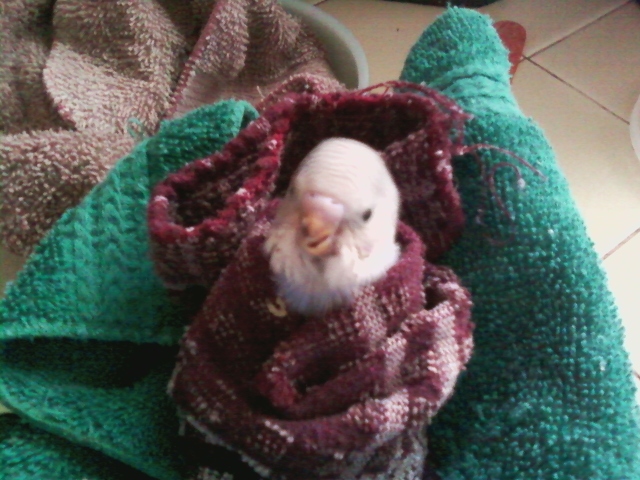 Splayed legged parakeet baby
Question
Marvin
I have a baby parakeet who is about 3-4
Splayed legged parakeet baby
Question
Marvin
I have a baby parakeet who is about 3-4
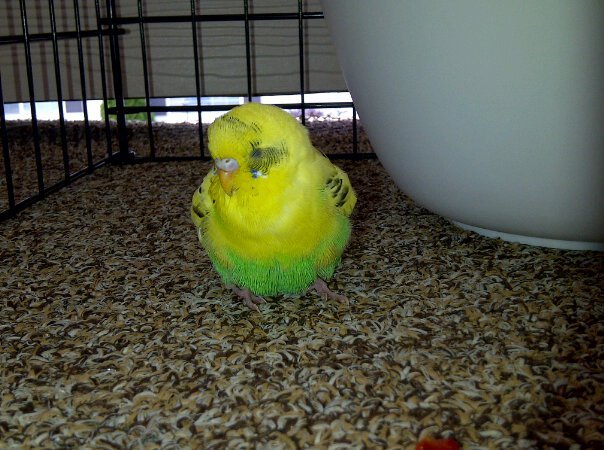 I found a baby Budgie
Question
Baby Budgie
Yesterday I found a little parakee
I found a baby Budgie
Question
Baby Budgie
Yesterday I found a little parakee
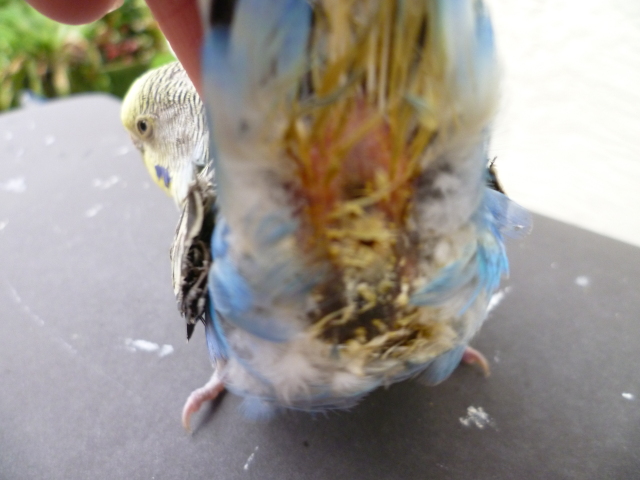 Healthy Budgie??!!
Question
My female birds vent.
Is my female parakeet he
Healthy Budgie??!!
Question
My female birds vent.
Is my female parakeet he
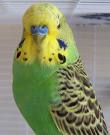 cant tell the sex of my budgier
QuestionQUESTION: Hi! I have 2 new budgies (given as a
cant tell the sex of my budgier
QuestionQUESTION: Hi! I have 2 new budgies (given as a
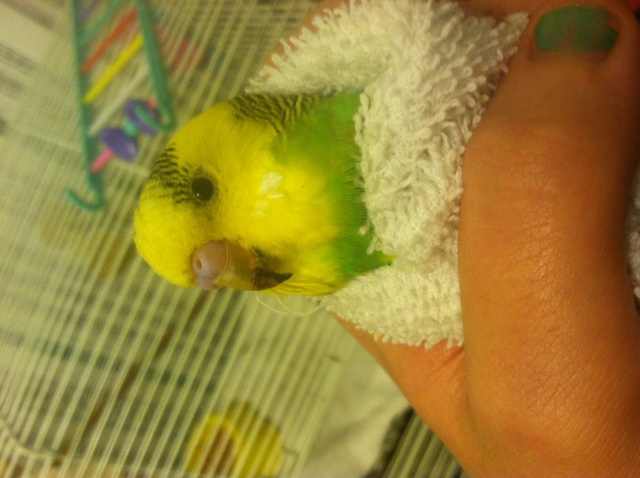 Flakey beak and discoloration
Question
Beak
Hi I have two parakeets. One is no
Flakey beak and discoloration
Question
Beak
Hi I have two parakeets. One is no